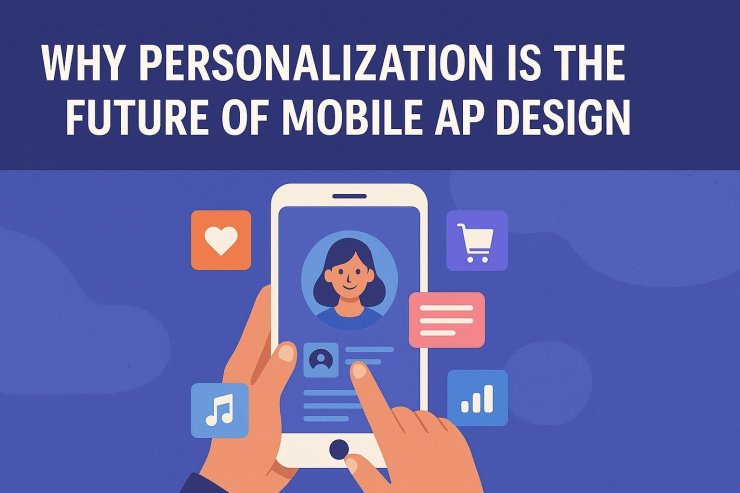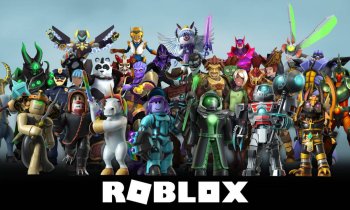
Think about the last time you opened your favorite app. Did it remember your preferences? Did it feel like it “knew” you? If yes, that’s not magic—it’s personalization. And it’s changing everything in mobile app design.
What Is Personalization in Apps?
Personalization means apps that adapt to your behavior, interests, location, and habits. Instead of a “one-size-fits-all” experience, the app feels custom-made just for you. Whether you’re shopping, listening to music, or playing a game, personalization makes your experience smoother, faster, and more fun.
For example, if you like online gaming, apps now suggest similar games, track your stats, and offer custom rewards. Curious? Check out this 1xbet download to see how personalization works in real-time.
Why Do Young Users Love It?
Let’s be real—nobody wants to waste time digging through menus or settings. Apps that get you are just easier and more enjoyable to use. Young people, especially Gen Z, expect technology to be quick, smart, and tailored.
Did you know? A 2023 survey by Accenture found that 91% of consumers are more likely to shop with brands that offer personalized experiences. That number is even higher among users aged 18–29. You probably notice it yourself—when an app “just works,” you keep coming back.
How Personalization Is Shaping Mobile Gaming
Gaming on phones has exploded. With faster networks like 5G and smarter phones, mobile games aren’t just a casual thing anymore—they’re intense, immersive, and personal.
Apps are now using your past game choices, skill levels, and playtimes to suggest new challenges or tailor the difficulty. Some even adjust in-game music or controls to match your mood or playing style. Want to dive deeper? Here's a cool article about how 5G is transforming mobile gaming in crazy cool ways.
The Tech Behind the Magic
So, how do apps know what you like? It’s all about data and smart design. Modern apps collect info (with your permission) on what you tap, when you use the app, and even where you are. Designers then use that info to shape your experience.
Want a deeper look into how it’s done? This guide on mobile app design breaks down the thinking behind building smart, user-first apps.
Where It’s Headed Next
Personalization is only going to get smarter. Imagine:
- Apps that change based on your mood, detected by facial expressions or tone of voice.
- Health apps that adjust workouts and meals based on your energy level that day.
- Study apps that learn how you focus best and adjust content timing and difficulty.
It’s not science fiction—it’s already starting.
Should You Care as a User?
Absolutely. The more apps understand you, the less effort you need to spend adjusting settings, searching, or dealing with content you don’t care about. It also means better privacy controls and more relevant notifications—no more annoying popups for things you don’t use.
But remember: personalization only works well when it’s done with your consent. Always check privacy settings and make sure the app lets you control your data.
Final Thoughts
Personalization isn’t just a buzzword. It’s the future of mobile experiences—especially for young users who expect technology to be smart, fast, and relevant. The best apps will be the ones that feel like they were designed just for you.
So next time you download an app, ask yourself: does it feel personal?










Comments